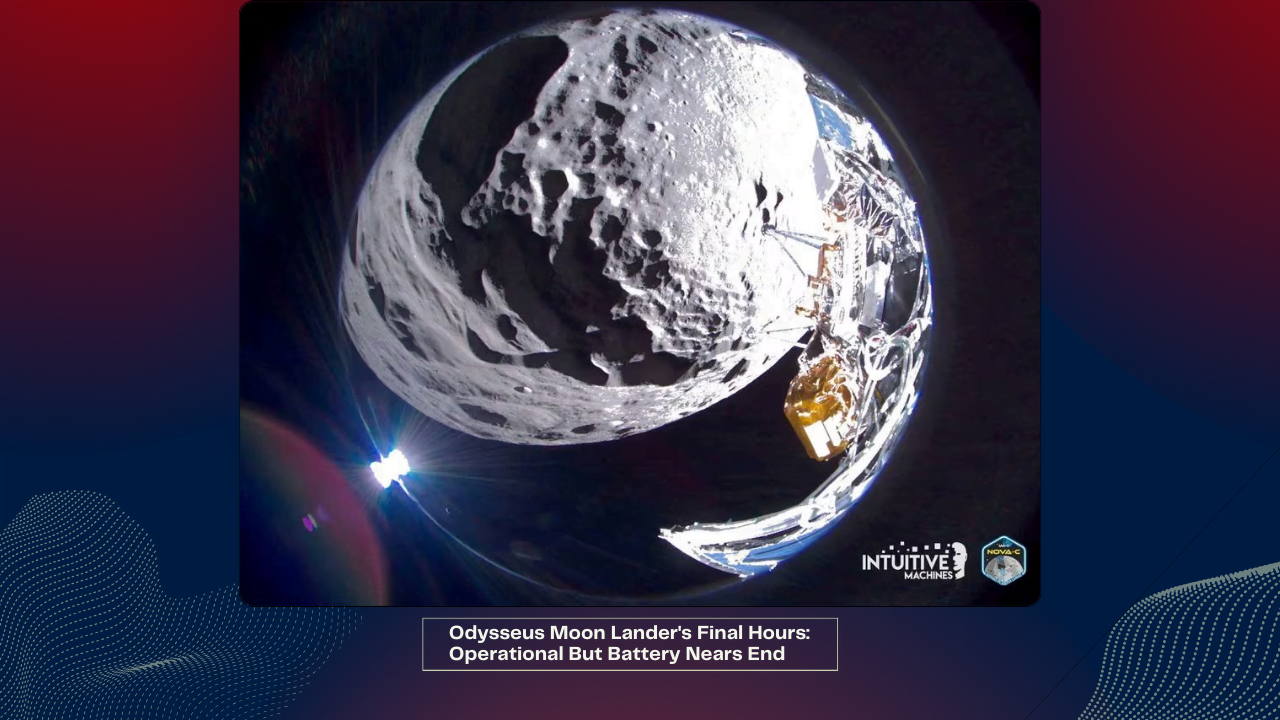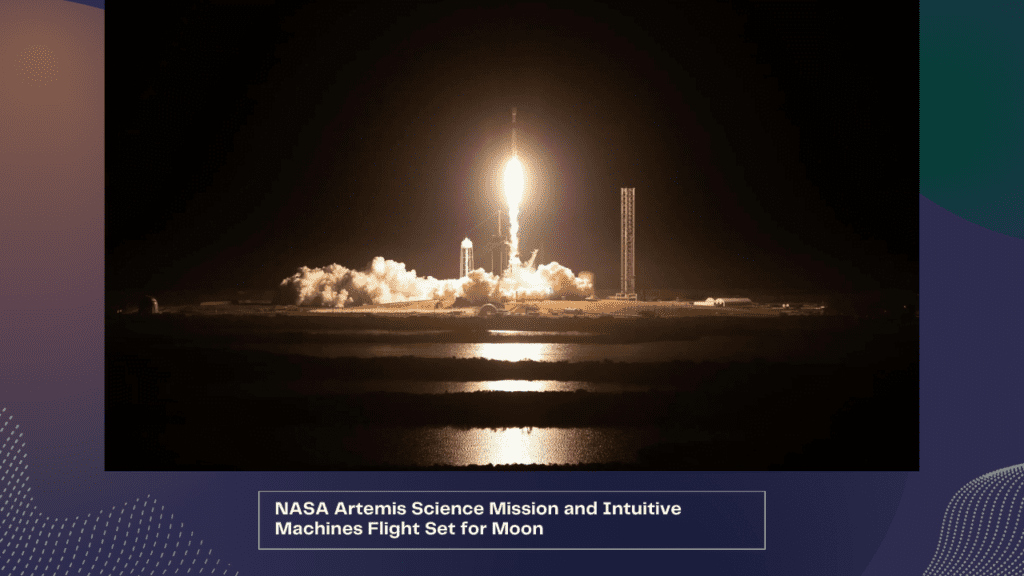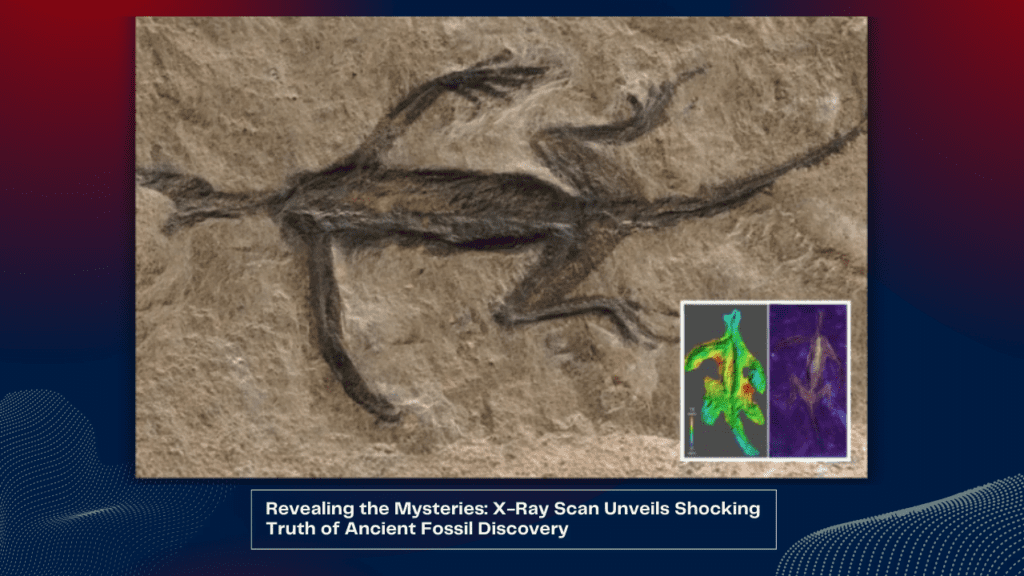
Odysseus Moon Lander’s Final Hours: Operational But Battery Nears End
As the Odysseus moon lander nears the end of its historic lunar mission, flight controllers at Intuitive Machines, based in Texas, remain in close contact with the spacecraft. Despite facing numerous challenges, including a white-knuckle descent and an unexpected landing position, the lander has continued to operate, albeit with its battery now in its final hours.
Odysseus made headlines last week as the first U.S. spacecraft to land on the moon since 1972. However, its landing was not without complications. A navigational glitch during descent led to an off-kilter landing, hindering its communication and solar-charging capabilities. Despite these obstacles, the spacecraft managed to deliver payload science data and imagery, fulfilling some of its mission objectives.
The navigational issue was attributed to human error, with flight readiness teams neglecting to manually unlock a safety switch before launch. This oversight led to the activation failure of the vehicle’s laser-guided range finders, forcing engineers to improvise a solution during lunar orbit.
Subsequently, two communication antennae were knocked out of commission, and the solar panels were misaligned, limiting the lander’s ability to recharge its batteries. As a result, Intuitive Machines anticipated losing contact with Odysseus on Tuesday morning, cutting short its intended seven-to-ten-day mission.
Despite these challenges, controllers are still assessing the lander’s battery life, with hopes that it may continue to operate for an additional 10-20 hours. However, the spacecraft’s less-than-ideal landing position raises concerns about the collection of research data and imagery from its payloads.
NASA, which contracted Intuitive Machines for the mission, expressed optimism about retrieving data from all six payloads aboard Odysseus. The agency’s chief, Bill Nelson, provided insights into the lander’s landing angle and location, indicating its proximity to a crater wall and a 12-degree tilt, though specifics remain unclear.
Although no photos from the lunar surface have been transmitted yet, an image from an orbiting NASA spacecraft captured Odysseus near its intended destination in the moon’s south pole region. Despite the setbacks, the mission marks a significant milestone in space exploration, demonstrating advancements in commercial spaceflight and NASA’s Artemis program.
As the space community awaits further updates on Odysseus’ status and the retrieval of scientific data, the mission underscores the challenges and triumphs of lunar exploration in the 21st century.

